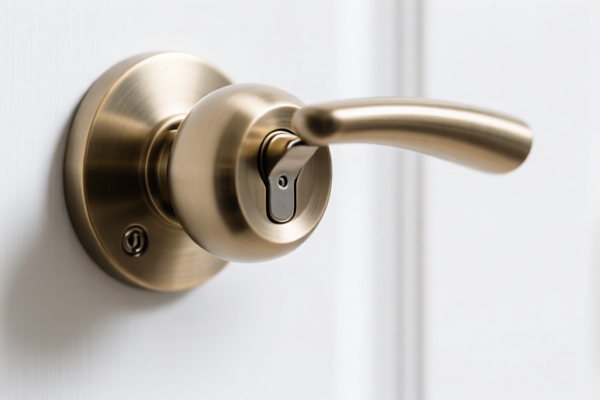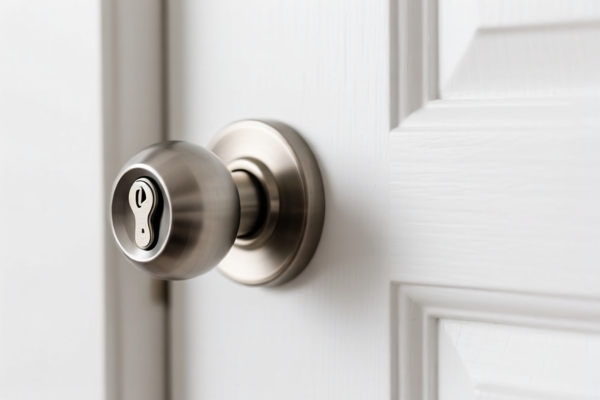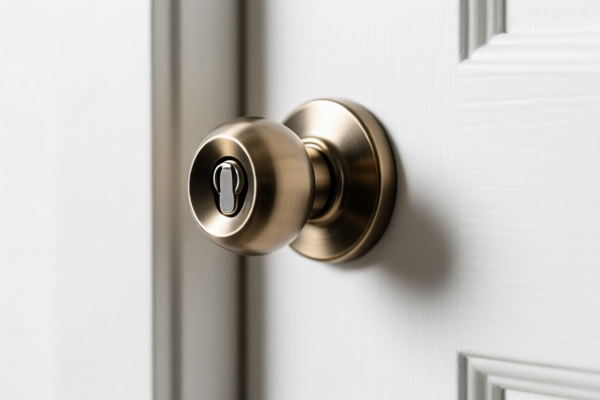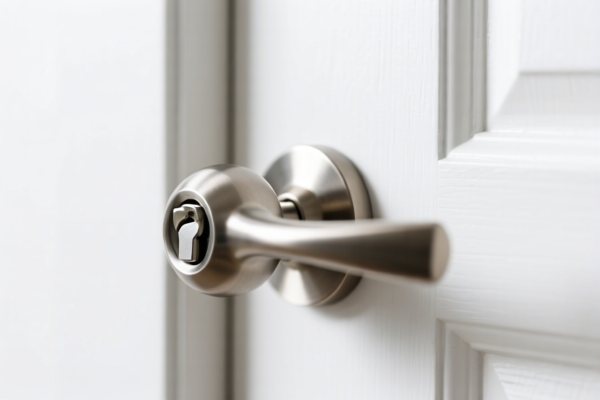| HS Code | Official Doc | Tariff Rate | Origin | Destination | Effective Date |
|---|---|---|---|---|---|
| 8505110090 | Doc | 32.1% | CN | US | 2025-05-12 |
| 8505191000 | Doc | 59.9% | CN | US | 2025-05-12 |
| 8548000000 | Doc | 55.0% | CN | US | 2025-05-12 |
| 7326908688 | Doc | 82.9% | CN | US | 2025-05-12 |
| 7326903500 | Doc | 87.8% | CN | US | 2025-05-12 |
| 8302416015 | Doc | 83.9% | CN | US | 2025-05-12 |
| 8302419015 | Doc | 58.5% | CN | US | 2025-05-12 |




Magnetic Door Stopper
A magnetic door stopper is a device used to secure a door in an open or closed position using magnetic force. It typically consists of two parts: a base plate that is fixed to the floor and a striker plate that is attached to the door.
Material
- Base Plate & Striker Plate: Commonly constructed from stainless steel, zinc alloy, or aluminum for durability and corrosion resistance. Some cheaper models utilize plastic.
- Magnet: Typically utilize neodymium magnets (rare-earth magnets) due to their high strength relative to size. Ferrite magnets are used in less expensive options but offer lower holding power.
- Coating: Often feature a protective coating (e.g., brushed nickel, chrome, powder coat) for aesthetics and to prevent scratching floors.
- Mounting Hardware: Screws are generally made of steel, often with a corrosion-resistant finish.
Purpose
The primary purpose of a magnetic door stopper is to prevent doors from slamming shut unexpectedly, reducing noise and potential damage to the door, wall, or objects nearby. They also provide a convenient way to hold doors open for ventilation, traffic flow, or accessibility.
Function
Magnetic door stoppers function by utilizing the attractive force between opposing magnetic poles. The base plate is permanently fixed to the floor, while the striker plate is attached to the door. When the door is opened to a specific point, the magnets engage, holding the door in place. The strength of the magnet determines the holding force and the maximum door weight it can secure.
Usage Scenarios
- Residential: Homes, apartments – used in bedrooms, bathrooms, kitchens, or any room where quiet operation or holding a door open is desired.
- Commercial: Offices, hotels, hospitals – used in doorways to maintain quiet environments, facilitate traffic flow, or for accessibility purposes.
- Security: Can be used as a supplemental security measure, though not a primary locking device.
- Child Safety: Can help prevent doors from slamming on small children.
Common Types
- Floor-Mounted: The most common type, fixed to the floor with screws. These are generally more robust and offer stronger holding power.
- Door-Mounted: Attached directly to the door and frame. These are easier to install but typically have lower holding power.
- Adjustable: Some models allow for adjustment of the magnetic force, providing flexibility for different door weights and closing speeds.
- Heavy-Duty: Designed for heavier doors or high-traffic areas, featuring stronger magnets and more durable construction.
- Decorative: Available in various finishes and styles to complement interior décor.
- Hidden/Concealed: Designed to be less visible, often integrated into the floor or door frame.
Based on the material, use, and application scenarios, a magnetic door stopper is a device used to hold a door open or closed using magnetic force. It typically consists of a base plate and a magnetic component, often made of metal.
The following HS codes are relevant, based on the provided reference material:
-
8302416015: Base metal mountings, fittings and similar articles suitable for furniture, doors, staircases, windows, blinds, coachwork, saddlery, trunks, chests, caskets or the like; base metal hat racks, hat-pegs, brackets and similar fixtures; castors with mountings of base metal; automatic door closers of base metal; and base metal parts thereof: Other mountings, fittings and similar articles, and parts thereof: Suitable for buildings: Of iron or steel, of aluminum or of zinc Suitable for interior and exterior doors (except garage, overhead or sliding doors): Doorstops, chain door fasteners, door pulls, kick plates, door knockers and escutcheons.
- 83: Base metal mountings, fittings and similar articles. This chapter covers a wide range of hardware items.
- 02: Mountings, fittings and similar articles suitable for furniture, doors, etc. This heading narrows the scope to items used in construction and furniture.
- 41: Suitable for buildings. This subheading specifies items intended for use in buildings.
- 60: Of iron or steel, of aluminum or of zinc. This further defines the material composition.
- 15: Doorstops, chain door fasteners, door pulls, kick plates, door knockers and escutcheons. This specifically includes doorstops.
-
8302419015: Base metal mountings, fittings and similar articles suitable for furniture, doors, staircases, windows, blinds, coachwork, saddlery, trunks, chests, caskets or the like; base metal hat racks, hat-pegs, brackets and similar fixtures; castors with mountings of base metal; automatic door closers of base metal; and base metal parts thereof: Other mountings, fittings and similar articles, and parts thereof: Suitable for buildings: Other: Other Suitable for interior and exterior doors (except garage, overhead or sliding doors): Doorstops, chain door fasteners, door pulls, kick plates, door knockers and escutcheons.
- 83: Base metal mountings, fittings and similar articles.
- 02: Mountings, fittings and similar articles suitable for furniture, doors, etc.
- 41: Suitable for buildings.
- 90: Other. This indicates a broader category within building fittings.
- 15: Doorstops, chain door fasteners, door pulls, kick plates, door knockers and escutcheons.
-
7326908688: Other articles of iron or steel: Other: Other: Other: Other.
- 73: Articles of iron or steel. This chapter covers a wide range of iron and steel products.
- 26: Other articles of iron or steel.
- 90: Other. This indicates a broad category within iron and steel articles.
- 86: Other.
- 88: Other.
Regarding HS code 8302416015 and 8302419015, please note the need to verify the material composition (steel, aluminum, or zinc) as this impacts the correct classification. The total tax rate for both codes is 83.9% and 58.5% respectively. Regarding HS code 7326908688, the total tax rate is 82.9%.
Customer Reviews
No reviews yet.